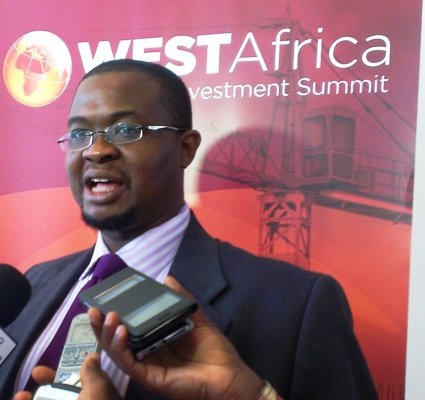
Dual currency funding structures can bring stability and robustness to real estate deals in sub-Saharan Africa, as developers and retailers seek solutions to the volatility currently faced in their domestic economies, Adeniyi Adeleye, Head of Real Estate Finance for West Africa at Stanbic IBTC has said.
He said traditionally, most property development projects are financed in dollars to assist in creating a sustainable and predictable funding environment for the assets.
“While property sector trends in West Africa are still positive, the main challenge has been currency volatility and related regulations,” he said.
He said, “Over time, these cost increases will inevitably be passed on to consumers, which will in turn create additional affordability challenges. The level of interest from property developers has not waned in spite of the strained environment.”
Mr. Adeniyi said most developers were positive about the long-term prospects of the economy and options available to them, largely because of the supply gaps in these markets.
“They are now challenged with trying to create robustness in their operating models to ensure they can continue to execute projects in the short-term,” he said.
“It is now more about new solutions that are needed to improve the structuring of these deals, so developers can manage the challenges caused by policies aimed at shoring up dollars, the high local interest rates relative to dollar-based interest rates and weakening currencies,” he said.
He said the solution to the problem was the dual currency structure which refers to utilising a combination of hard and local currencies, while hedging the interest rate risk.
“These facilities would provide a natural hedge and create a win-win between developers and retailers. For example, a local currency facility can be accessed to hedge leases that are unlikely to be sustainable or easily adjusted in shock currency devaluation scenario, for defined periods.
This way the exchange rate risk can be more effectively shared between retailers and developers by keeping lease exchange conversion rates constant for periods of volatility,” said Mr. Adeleye.
He said if the market stabilises it would also be simple to refinance local currency exposure back into foreign currency and then original lease assumptions and plans could then be achieved, unless macroeconomic indicators show that local currency funding has now become appropriate for these deals.
“The robustness of the structure is that it adjusts in periods of shock to provide stability,” he said.
It provides sound financial structuring, inbuilt buffers and flexibility into project funding structures, to accommodate for unexpected changes in the economic environments.
“This structuring solution seems to be the most pragmatic approach to dealing with the challenges of unpredictable economic environments,” Mr. Adeleye said.




























